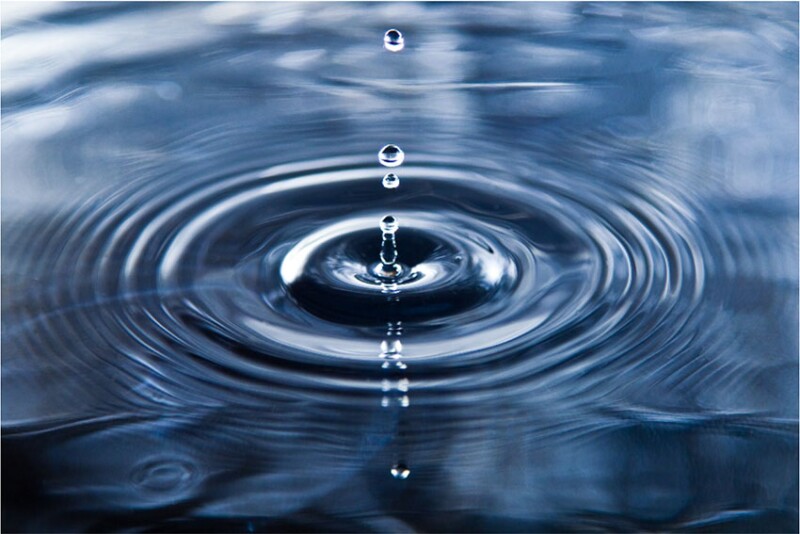Few things are more essential to the now global hydraulic fracturing revolution than access to fresh water, yet this dependency use has raised environmental concerns and operational challenges. In response, oil and gas companies are increasingly turning to produced water and flowback fluids to improve sustainability.
The subject has remained central at industry gatherings such as the recent SPE Hydraulic Fracturing Technology Conference (HFTC) held in the Houston area.
At this year’s event, researchers from the Energy and Environmental Research Center (EERC) at the University of North Dakota presented findings that highlight both progress and limitations in water reuse.
Their study found that 40% of operators in North Dakota incorporate produced water into their completions programs to some extent, with 20% using what EERC considers “significant volumes.”
However, the final analysis—detailed in paper SPE 223512—revealed that only about 5% of the total water used in Williston Basin completions comes from recycled sources, with the rest sourced from fresh supplies. By comparison, the Permian Basin was found to boast a reuse rate exceeding 50%.
The EERC analysis also shows that an estimated 850,000 BWPD is pumped into the subsurface in North Dakota while more than 2 million BWPD flows right back out. Almost all the state’s produced water is sent down a saltwater disposal well, with 10% used for enhanced oil recovery and just 5% reused or trucked out of state for disposal elsewhere.
Researchers noted that while reuse is gaining traction in North Dakota, operators could step it up and reduce saltwater disposal injections by as much as 25%. They do face hurdles, however, including the high salinity of produced water which causes unwanted chemical reactions, and the lack of dedicated water pipelines means costs are higher.
The push for greater reuse extends beyond the US.
Argentina’s national oil company, YPF, is also advancing water recycling efforts in its Vaca Muerta Shale operations. A major challenge it faces is that only 20–30% of injected water returns to the surface—the rest is absorbed into the rock matrix.
Despite this, YPF described in paper SPE 223566 how it developed a process to blend untreated flowback water with fresh water for completions.
The company found it could incorporate up to 25% recycled water, but that this was dependent on which fracturing fluid system it was testing. The company found that fresh water-based friction reducers held up but that the produced water led to pressure variations while pumping, likely due to the fluid system’s sensitivity to anything other than fresh water being introduced.
What worked best was a high-salinity polymer that was more predictable and consistent. More than that, the new friction reducer decreased YPF’s dependency on polymers which had the added benefit of reducing the dreaded “gummy bear” effect which is believed to clog up fractures and lead to conductivity loss.
Another paper highlighted a niche but growing challenge faced by some US shale producers. SPE 223549, authored by researchers at NexTier Oilfield Solutions, examines the unintended consequences of using wet sand cleaned with recycled produced water in completions.
The study found that washed but undried sand—highly sought after as a low-cost proppant—tends to retain higher-than-desired levels of clay, feldspar, and calcite. When mixed with friction reducers, these minerals can flocculate, or clump together, almost always impacting fluid performance and believed to harm well productivity.
The salinity of the fluid also affects how these fine particles behave. As salinity increases from 4,500 to 115,000 ppm, a chemical called P-CAT makes the fine particles stick more to the proppant surfaces. Meanwhile, the fluid’s pH will shift how the particles clump together—higher pH levels favor P-CAT, while lower pH levels work better with a different chemical, P-AN1.
NexTier also concluded that improving sand cleaning would further reduce fine particle levels, which is the root cause of the issue to begin with. To test the idea, the company partnered with a Texas sand mine operator to upgrade the cleaning process.
The first adjustment involved reducing recycled water use from 100 to 50% in the washing stage. Next, the number of cyclones used for fines separation was doubled from one to two.
The results showed an increase in quartz levels and a reduction in migrating clay from 3.5 to 1.3% among the samples. This led to a 90% reduction in turbidity, improving overall sand quality and completions efficiency.
These papers underscore that water reuse in hydraulic fracturing is a complex challenge—one that’s easier said than done. However, they also demonstrate that the effort can yield significant benefits, reinforcing the need for continued investment in research to drive higher reuse rates.
For Further Reading
SPE 223549 Avoiding Fatal Attractions: How To Prevent Production-Killing Interactions Between Wet Sand and Stimulation Fluids by S. Kakadjian, J. Kitchen, and A. Gebrekirstos, NexTier Oilfield Solutions.
SPE 223512 Recent Developments and Utilization of Produced Water in Bakken Well Stimulations by D.D. Schmidt, Energy and Environmental Research Center, University of North Dakota; G. Harms and A. Thiel, North Dakota Department of Mineral Resources; J. Neubeker, Arolytics; and T. Hopfauf, ND Energy Services.
SPE 223566 Vaca Muerta: A Technical Approach to the Path of Sustainability in Water Reuse by R.D. Velo, YPF S.A.; M.L. Arias and M.I. Weimann, YPF Tecnología S.A.; and N. Mottes and S.M. Pérez, YPF S.A.
